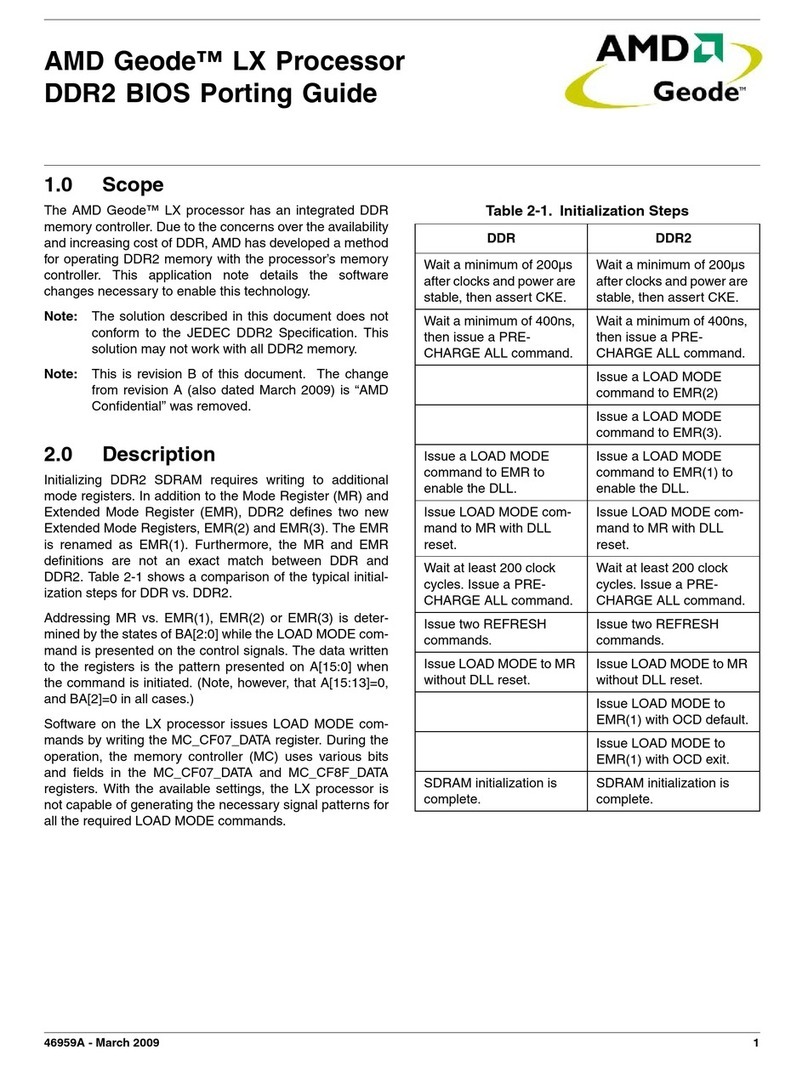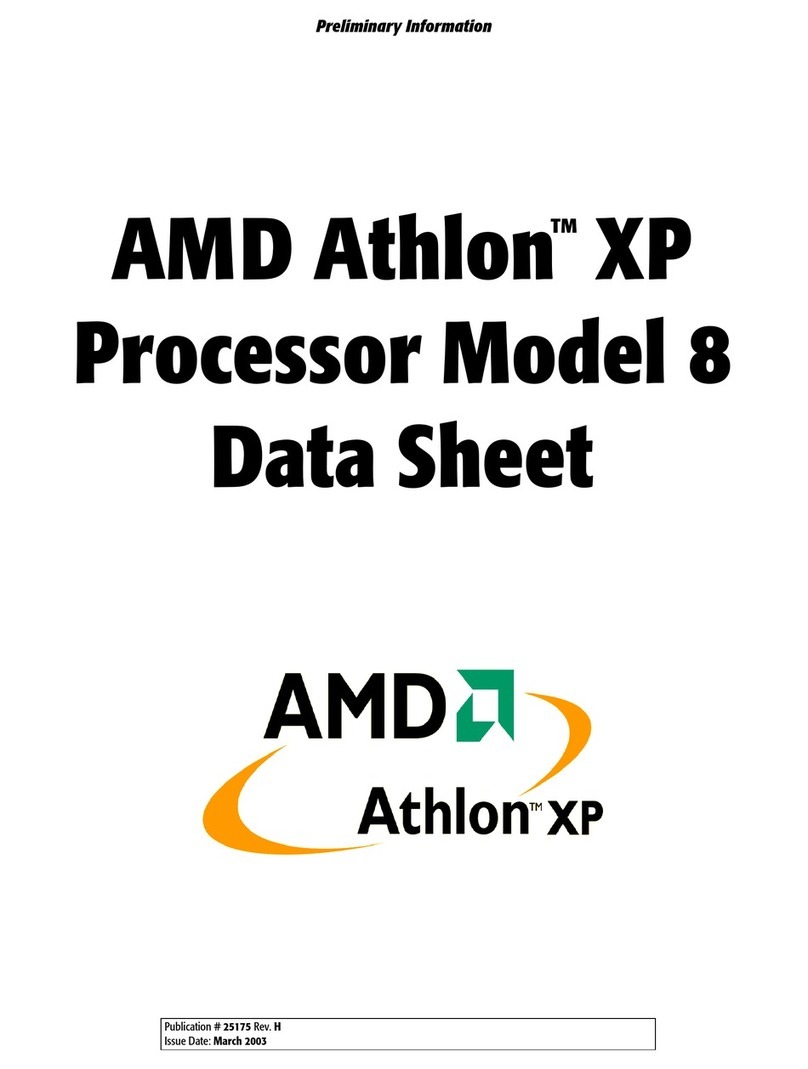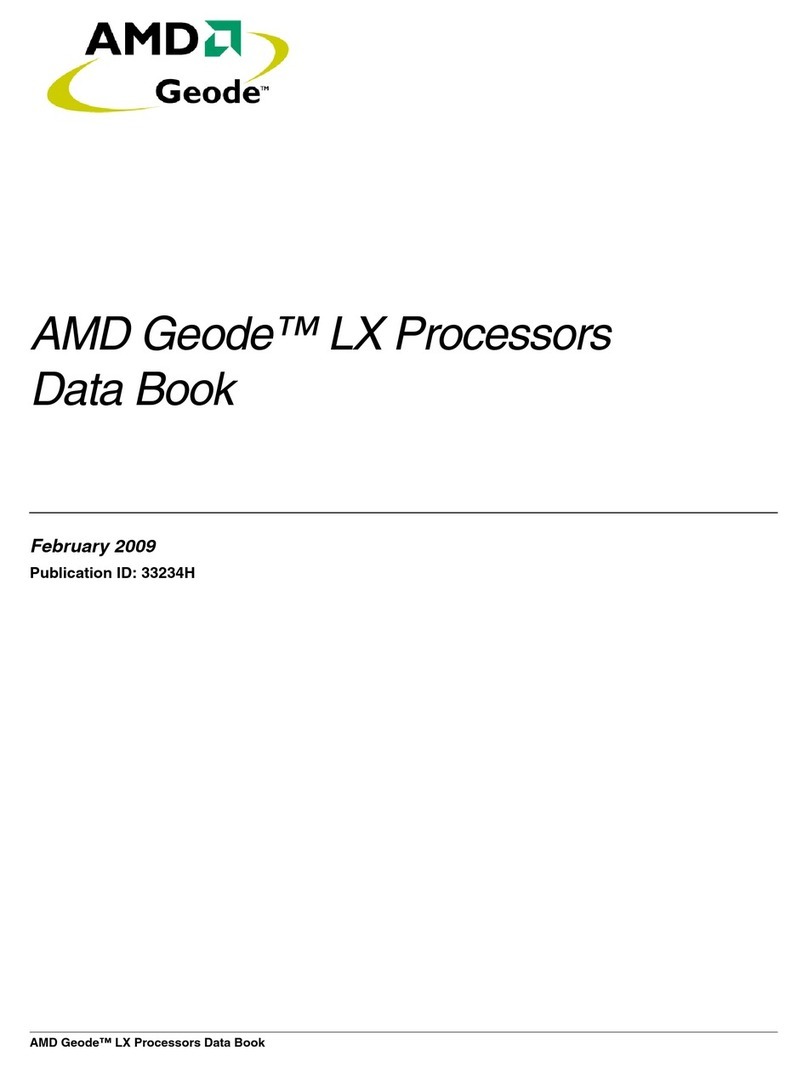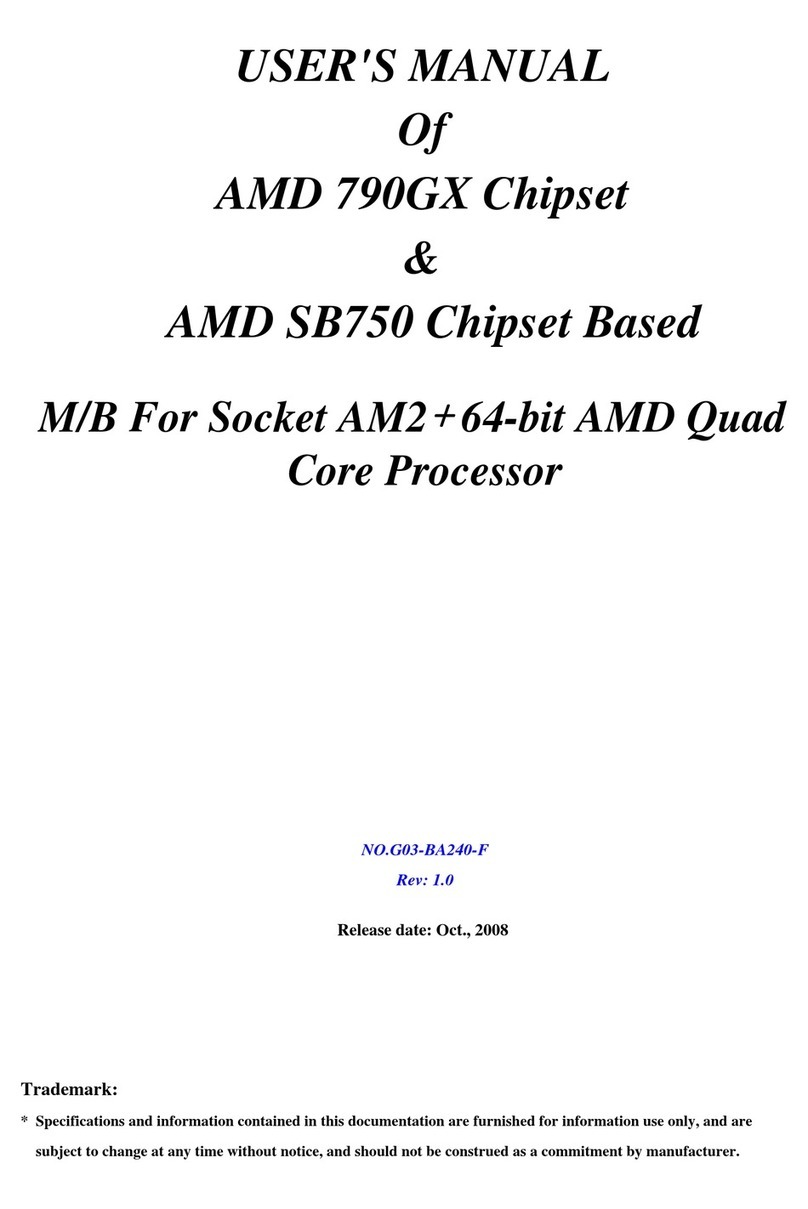AMD -K6-2/450 - MHz Processor Installation and operating instructions
Other AMD Computer Hardware manuals
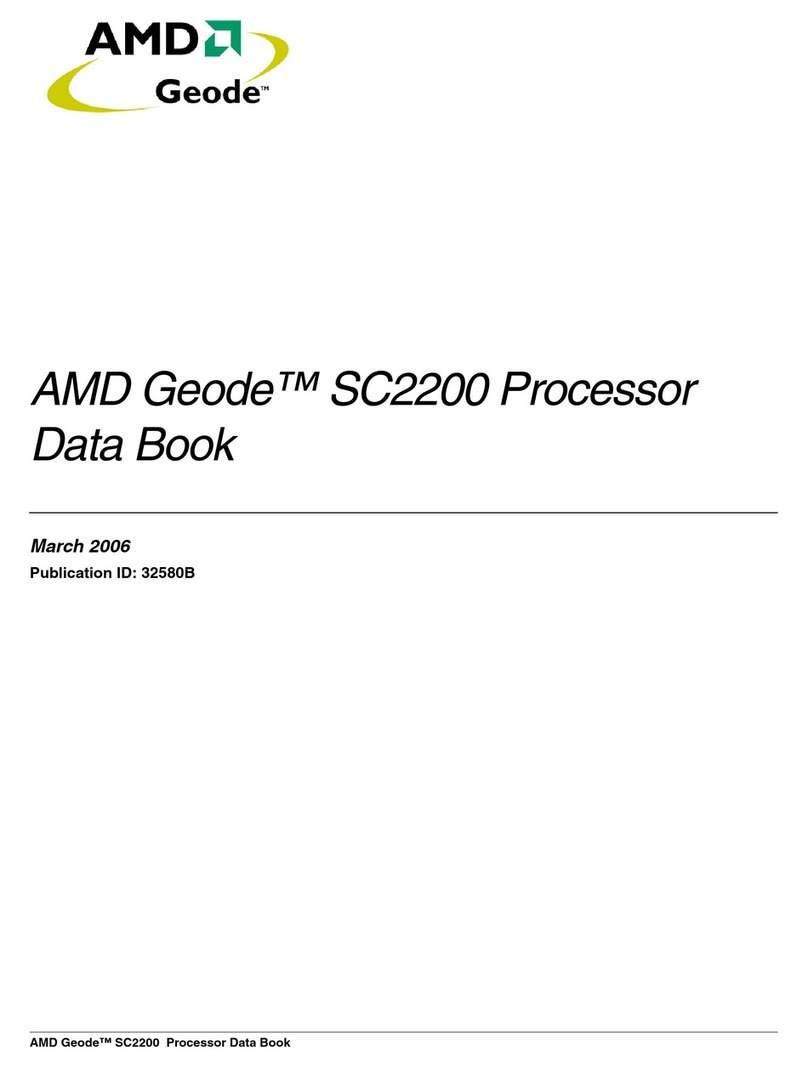
AMD
AMD Geode SC2200 Product guide
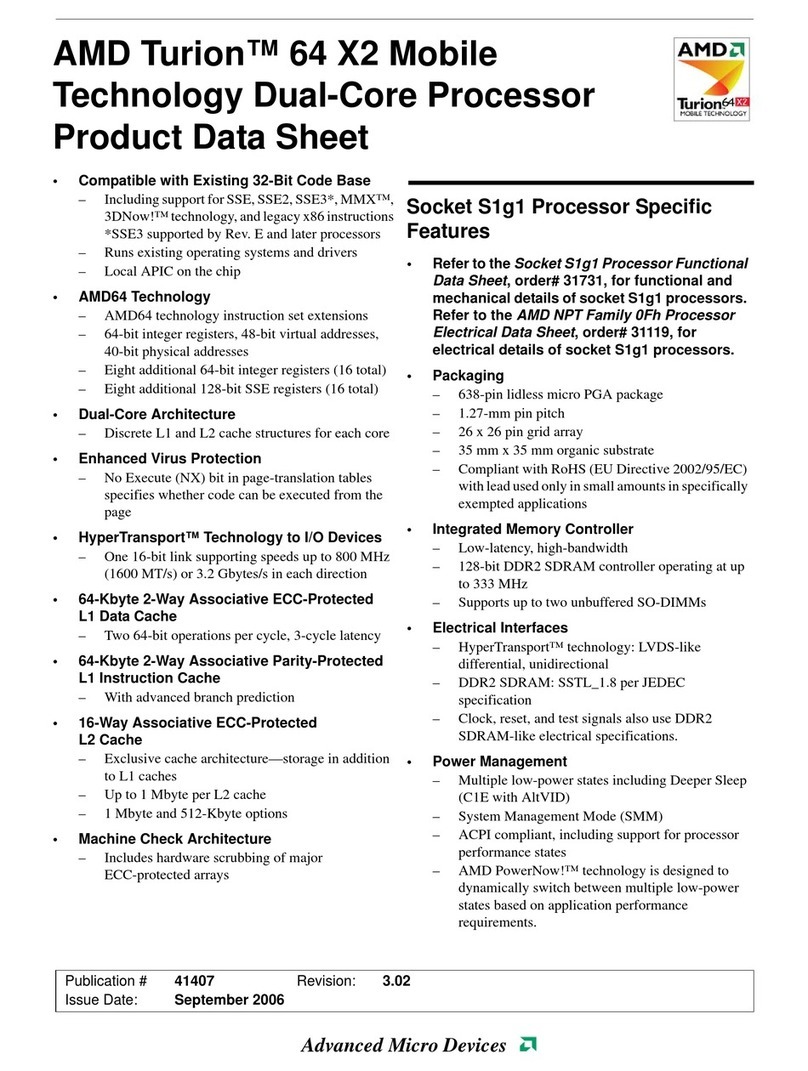
AMD
AMD Turion 64 X2 Operational manual

AMD
AMD Infinity Fabric Link User manual
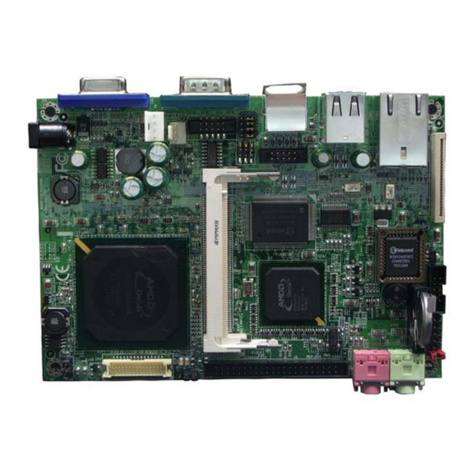
AMD
AMD LE-366 User's User manual
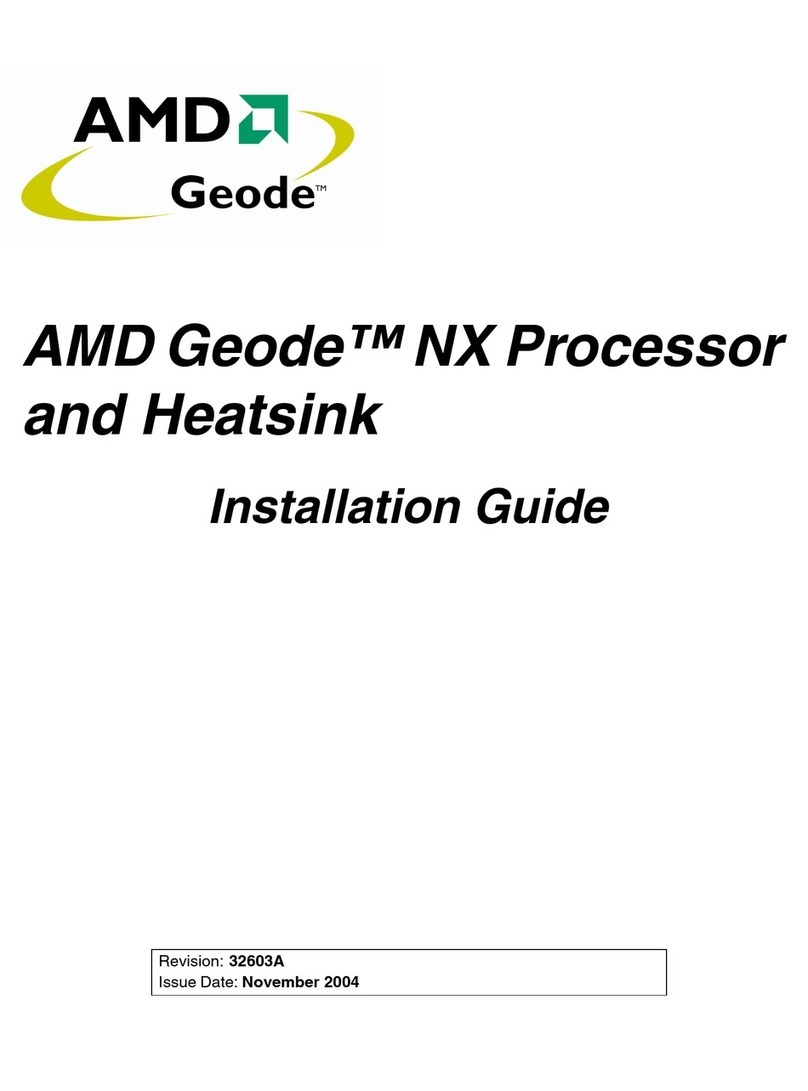
AMD
AMD Geode NX 1250 User manual
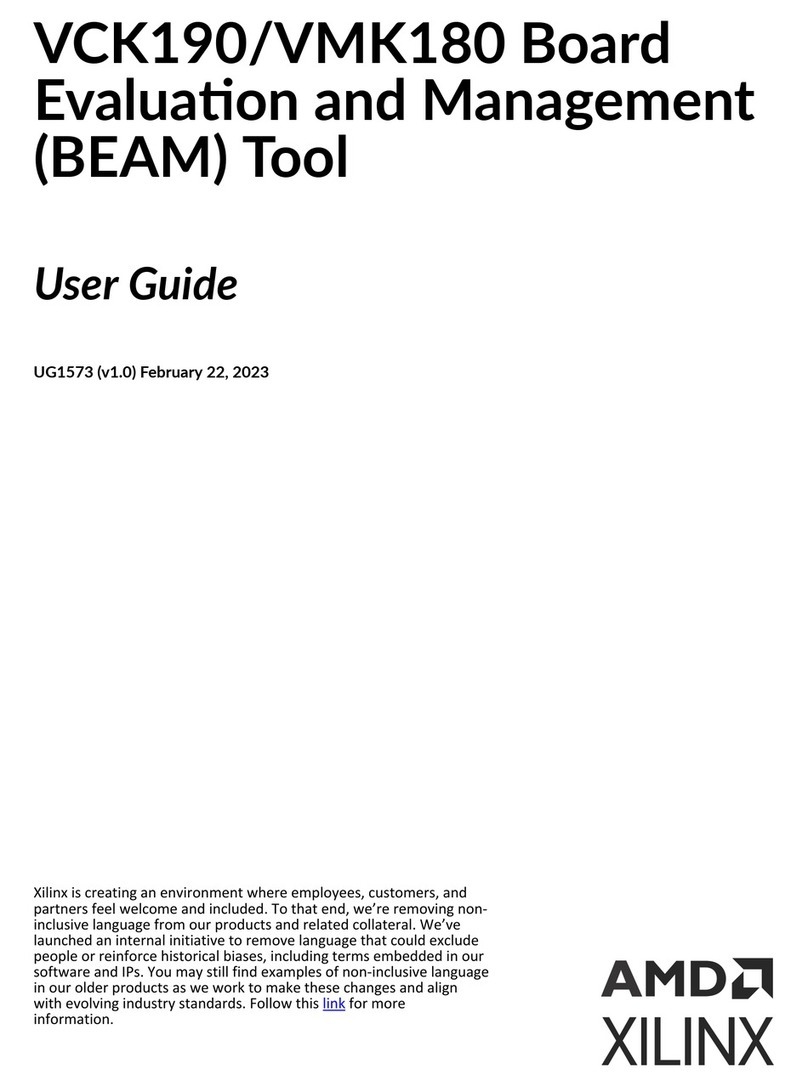
AMD
AMD XILINX VCK190 User manual
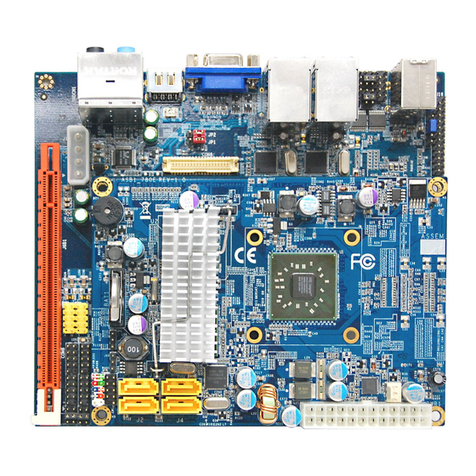
AMD
AMD 780E Product manual
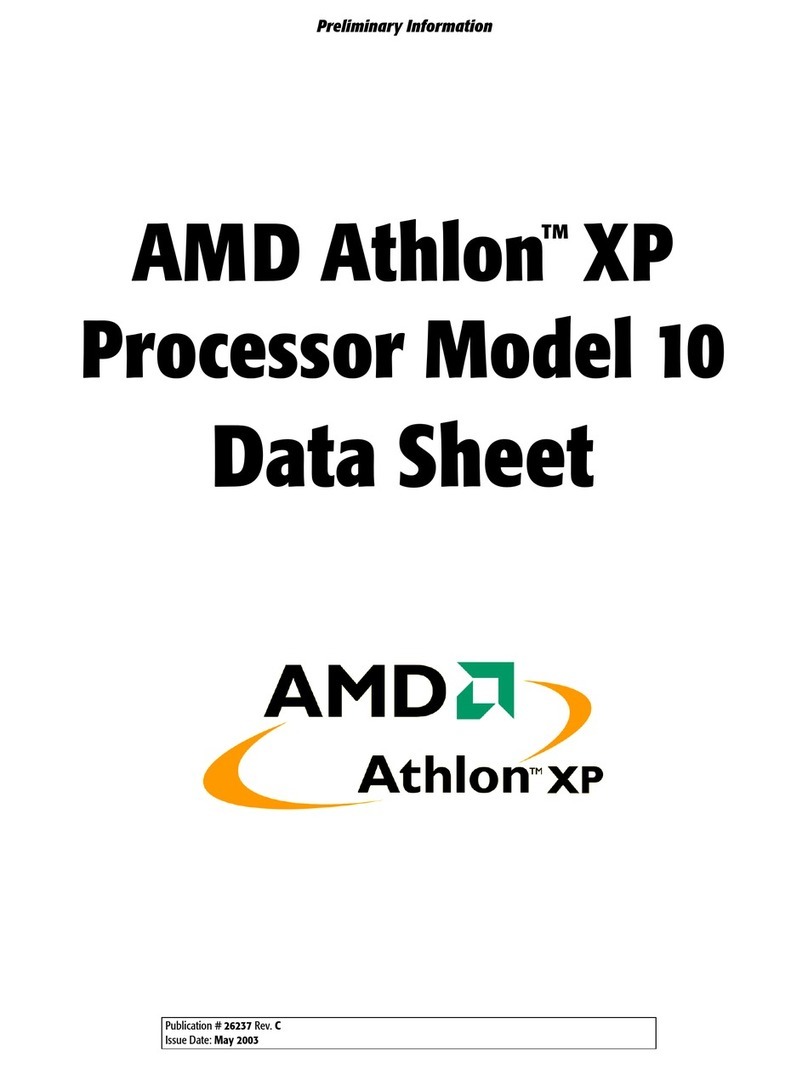
AMD
AMD Athlon XP 10 User manual
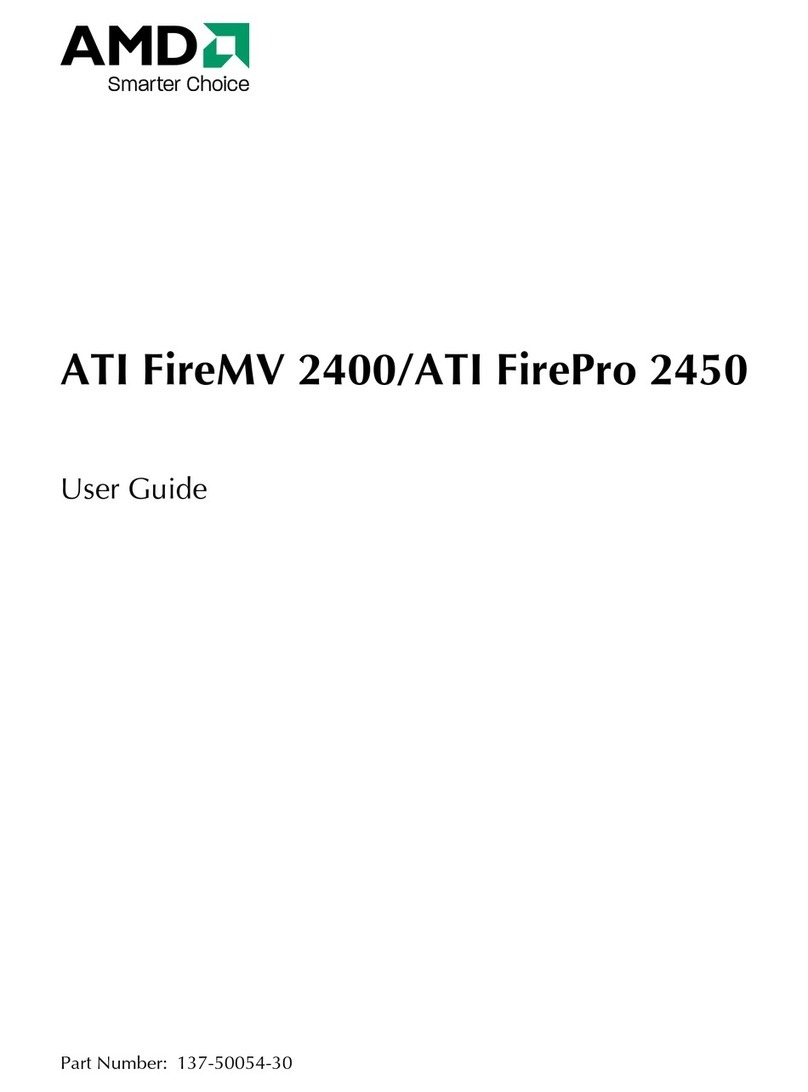
AMD
AMD ATI FireMV 2400 User manual
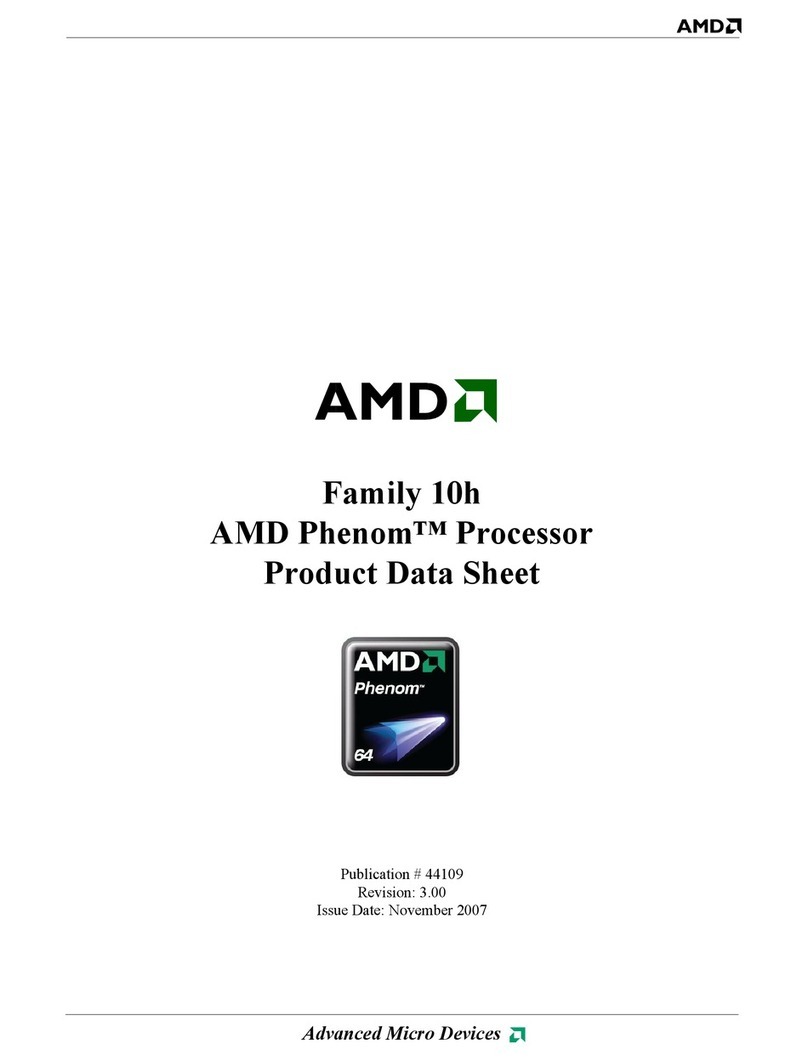
AMD
AMD Phenom 10h Operational manual

AMD
AMD FM2+ User manual
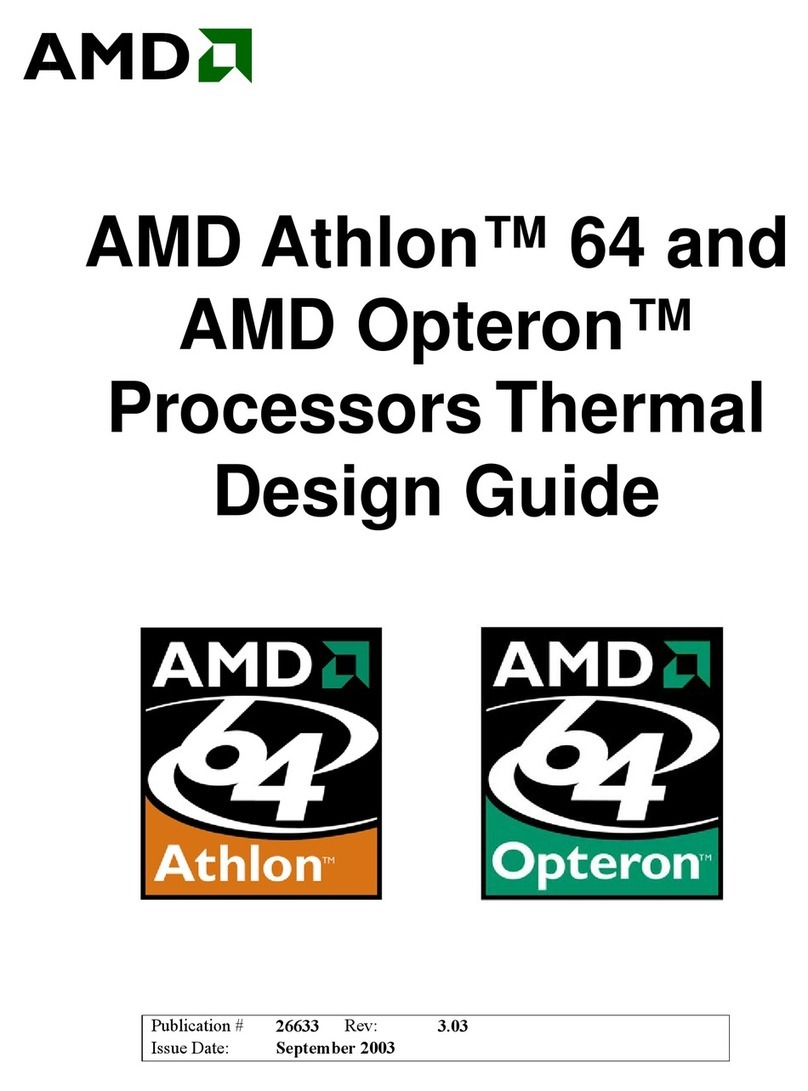
AMD
AMD AMD Athlon 64 Guide
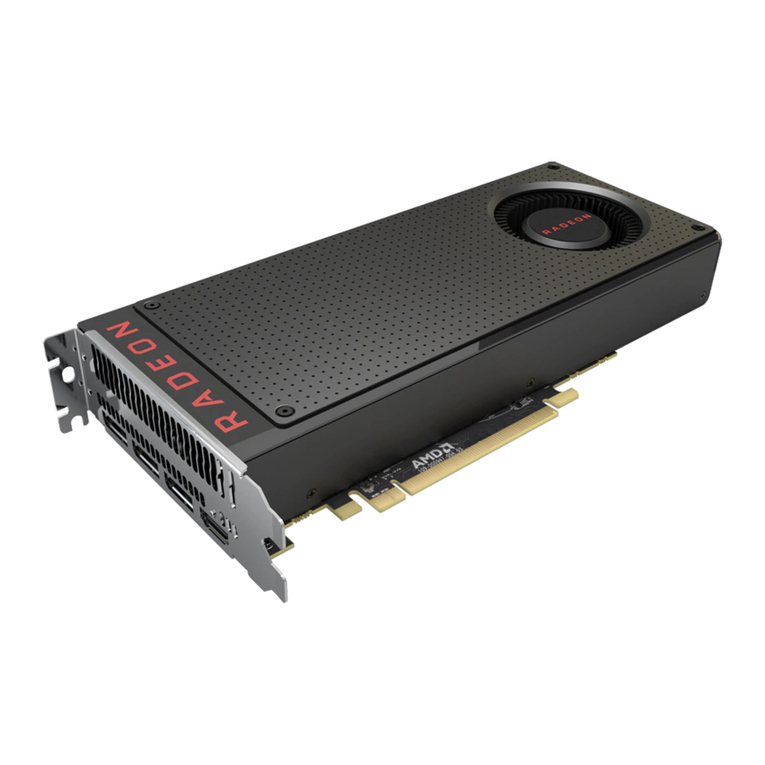
AMD
AMD CrossFire 480X Instruction Manual
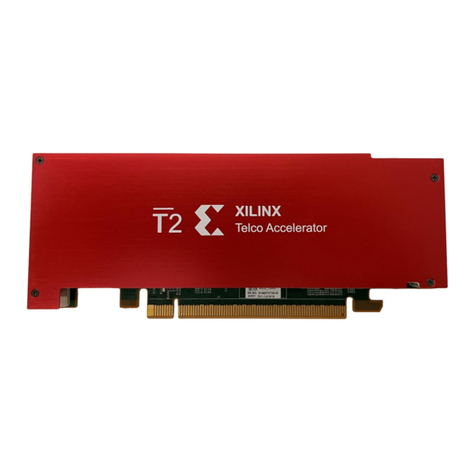
AMD
AMD XILINX T2 Telco User manual

AMD
AMD Athlon 6 User manual
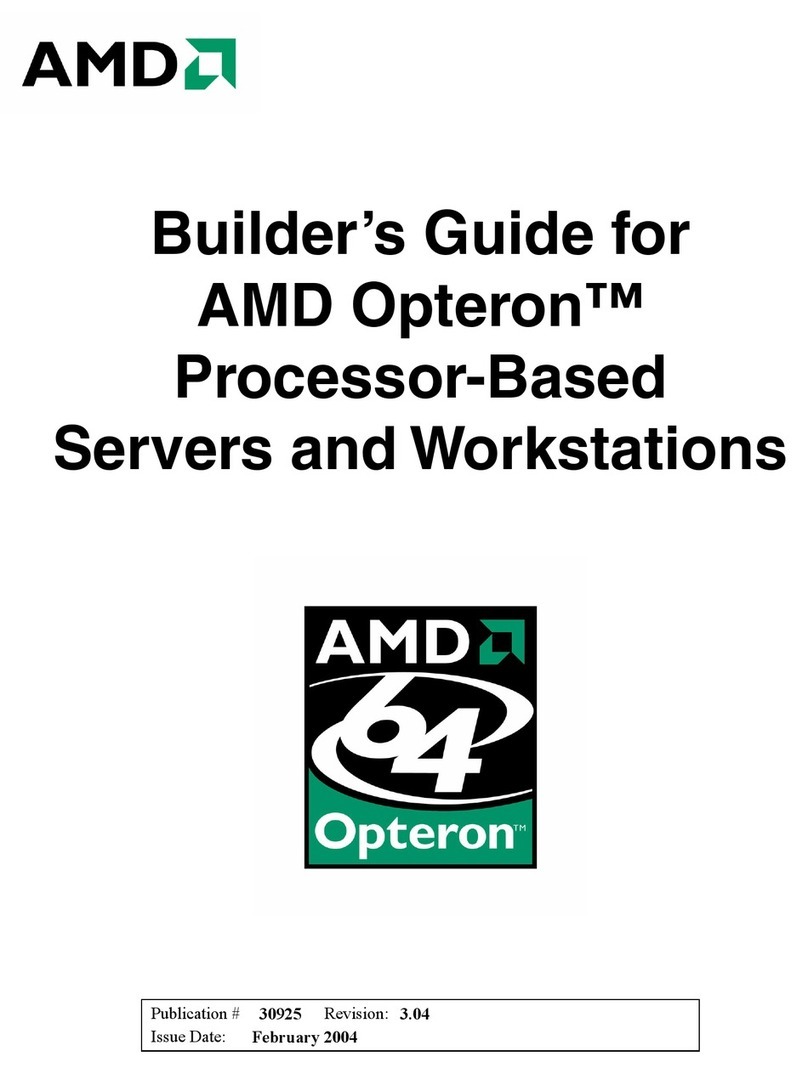
AMD
AMD OPTERON 30925 User manual
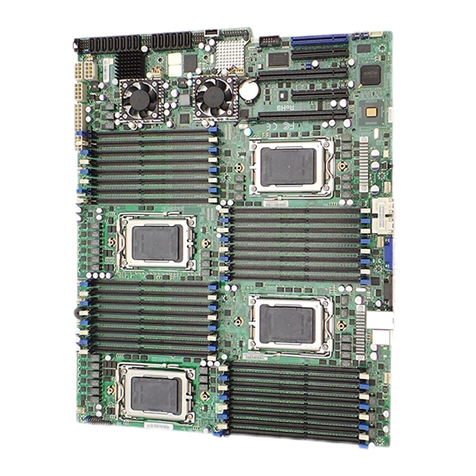
AMD
AMD SP5100 Product guide
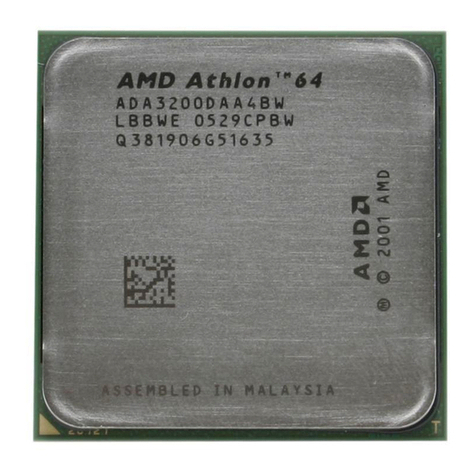
AMD
AMD ADA3000DAA4BW - Athlon 64 1.8 GHz Processor User manual
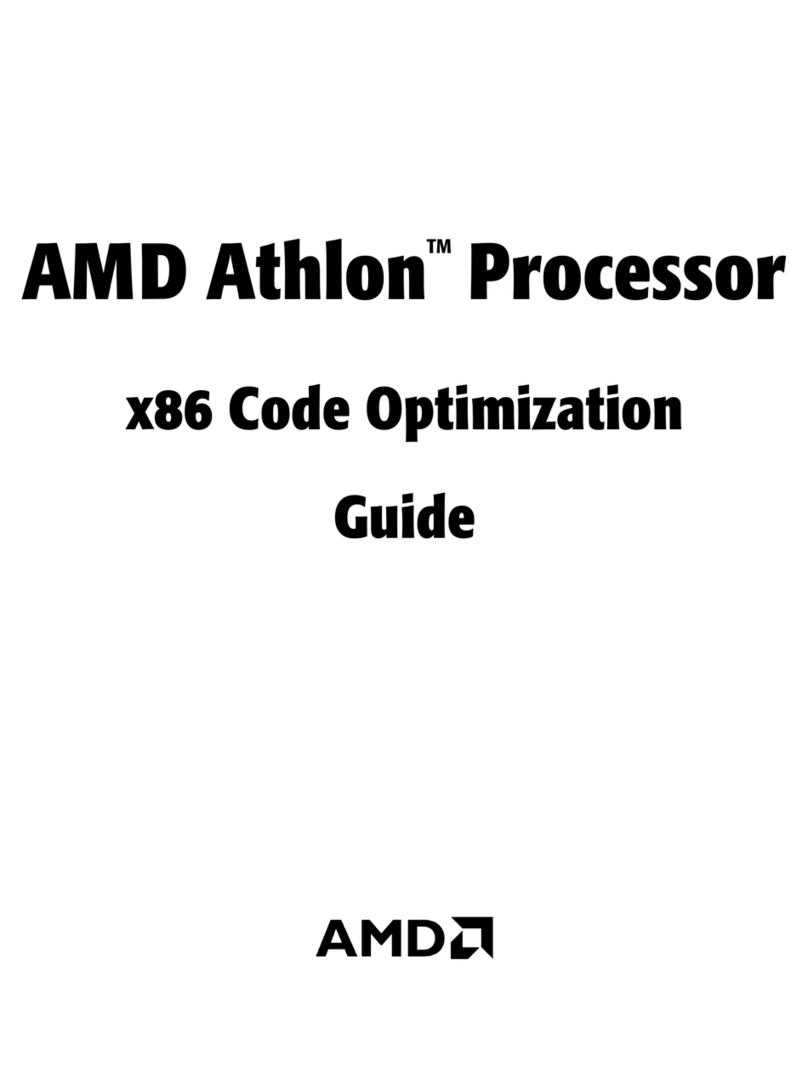
AMD
AMD Athlon Processor x86 User manual
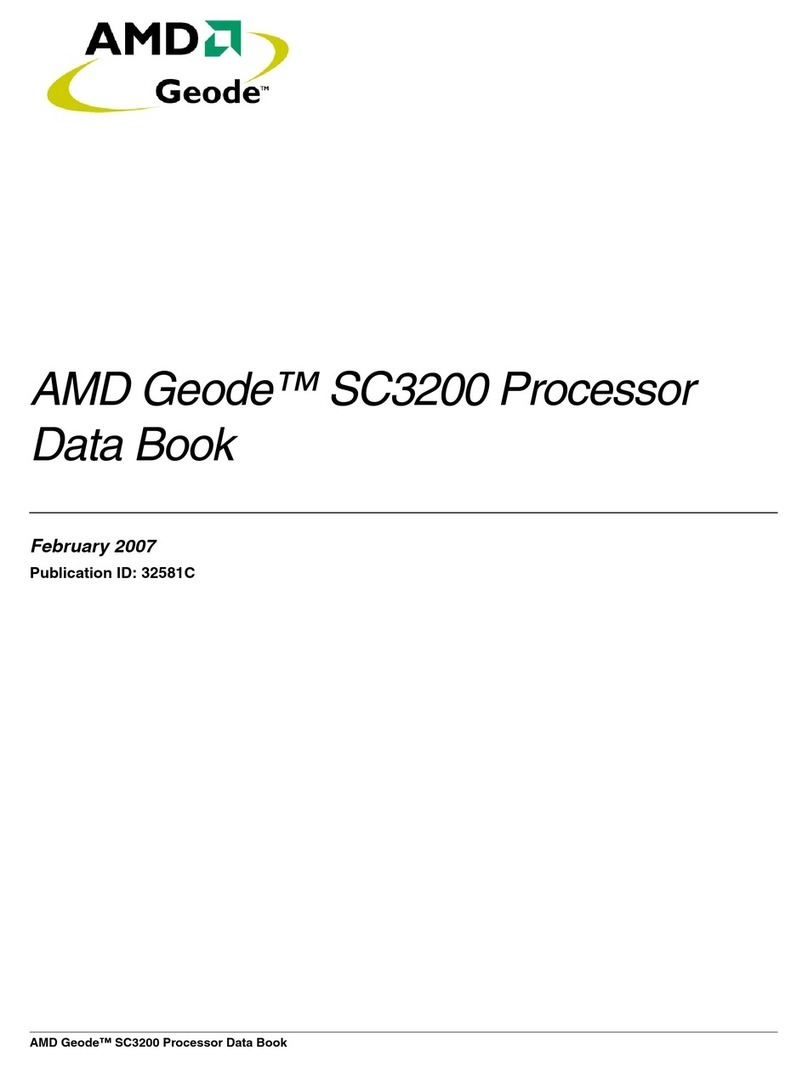
AMD
AMD Geode SC3200 Product guide
Popular Computer Hardware manuals by other brands

Toshiba
Toshiba TOSVERT VF-MB1/S15 IPE002Z Function manual

Shenzhen
Shenzhen MEITRACK MVT380 user guide

TRENDnet
TRENDnet TEW-601PC - SUPER G MIMO WRLS PC CARD user guide

StarTech.com
StarTech.com CF2IDE18 instruction manual

Texas Instruments
Texas Instruments LMH0318 Programmer's guide

Gateway
Gateway 8510946 user guide

Sierra Wireless
Sierra Wireless Sierra Wireless AirCard 890 quick start guide

Leadtek
Leadtek Killer Xeno Pro Quick installation guide

Star Cooperation
Star Cooperation FlexTiny 3 Series Instructions for use

Hotone
Hotone Ampero user manual

Connect Tech
Connect Tech Xtreme/104-Express user manual

Yealink
Yealink WF50 user guide
